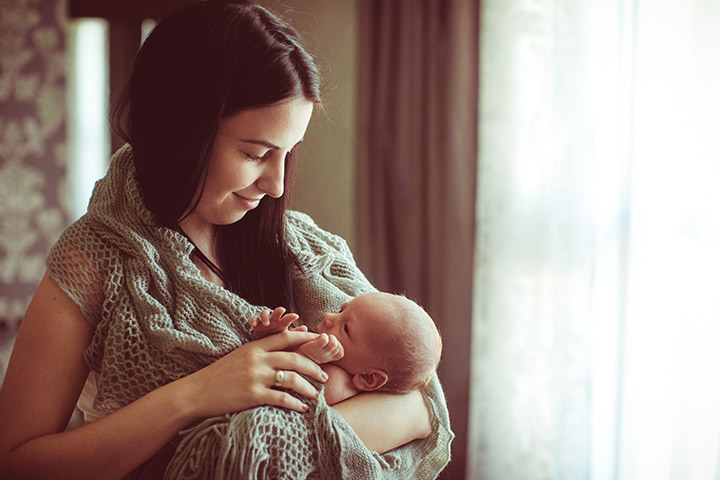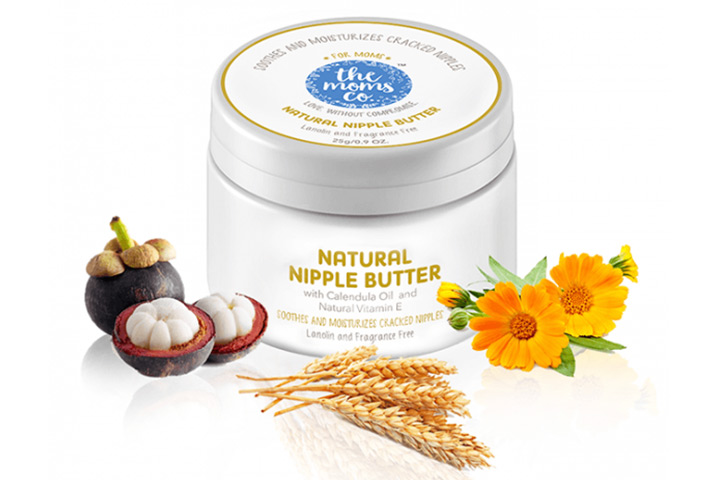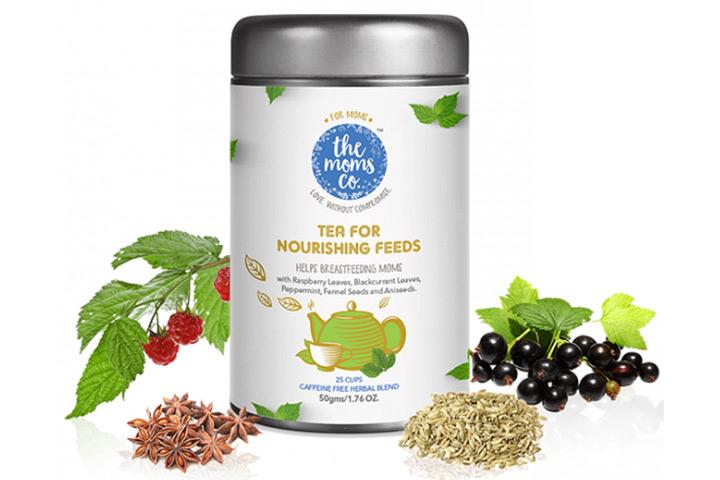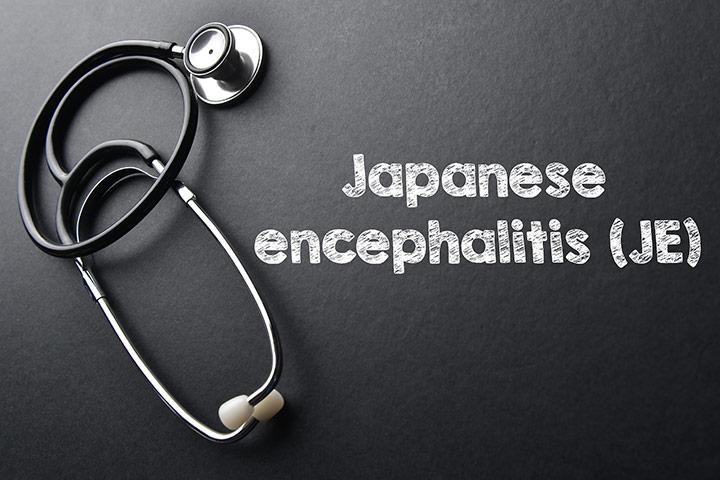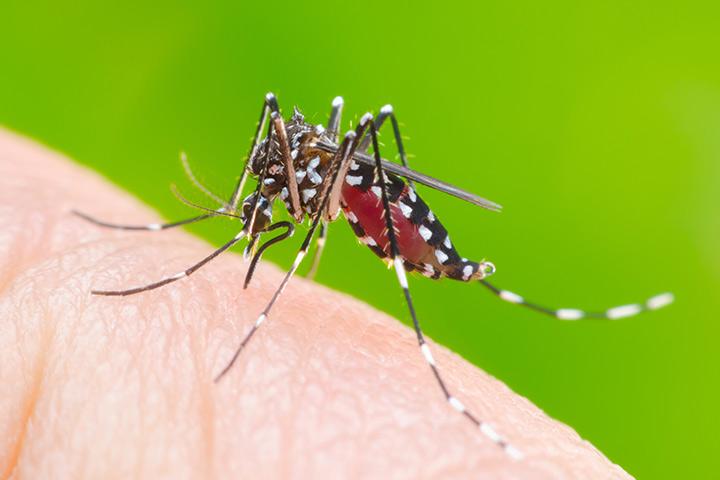Pregnancy is a biological process that has been medically recorded across a wide spectrum of ages, with the oldest pregnancy on record being credited to a British woman, at 59 years of age (1). With an increasing number of celebrities and public figures also experimenting with having babies in the later stages of their lives, a discussion on the benefits and risks of getting pregnant at various ages seems warranted.
As far as teenage pregnancies are concerned, there don’t appear to be any significant benefits associated that would make them a preferable alternative over a pregnancy at any other age. However, there is a whole assortment of risks, negative health issues,and other problems that come bundled with the incidences of teenage pregnancies. Pregnancy at this age is not a good sign by any means.
Research indicates that pregnancies in mothers aged 16-19 or younger can carry major health risks for both the mother (incidence of preeclampsia) as well as the child (low birth weight, perinatal death) (2). It is therefore completely unadvisable for young women to pursue pregnancy and motherhood at such an age, both for the sake of their health and of the health of their unborn children.
Not only does teenage pregnancy come with a host of health complications, but the social and economic downsides to such a predicament are also aplenty. Teenage pregnancies can severely affect the mother’s education, social activity, professional prospects, etc. (3)
Similarly, studies show that pregnancies in women beyond the age of 40 are more prone to result in obstetric complications as compared to their younger counterparts (4). Issues such as low birth weight, pre-term labor, fetal distress, etc. are also common at this age. Such medical problems become even more pronounced when women cross the age of 50, and pregnancy at such ages is not advisable (5).
Pregnancy at an advanced age can be distressful and complicated for both the mother and the child. This is due to a wide range of health issues and factors that are typical for women in that age. While pregnancy is not advised, strict medical supervision throughout the pregnancy is needed at this age, should a woman in this age range get pregnant.
This brings us to the discussion about the “ideal age” for pregnancy, which just so happens to be the 20-35 age range (6). Often proclaimed and endorsed as the safest time for a woman to get pregnant and have children, the occurrence of health complications surrounding pregnancies and childbirth between the ages of 20-35 is also much lower as compared to other age ranges (7).
Despite these discussions, there appears to be a statistical inclination in recent times indicating that women now have children later in their lives than they did before.
According to data reported by Centers of Disease Control and Prevention (CDC), USA, birth rates for women under the age of 30 actually declined in 2016, while birth rates for women over the age of 30 increased (8).
The reasons for this can be several – prevalence and usage of contraception, societal shifts, focus on their own careers and professions taking precedence over having children, etc. However, the biological window for a safe pregnancy should still be taken into consideration.
Regardless of the age that a person chooses to opt for the beautiful journey to motherhood, the importance of getting appropriate prenatal care cannot be stressed enough. Health complications related to pregnancies and childbearing can happen regardless of age, and the mother should therefore always be aptly prepared with preventive measures to avoid the same (9). We wish you the best of luck!
The post The Benefits And Risks Of Getting Pregnant At Different Ages appeared first on MomJunction.



